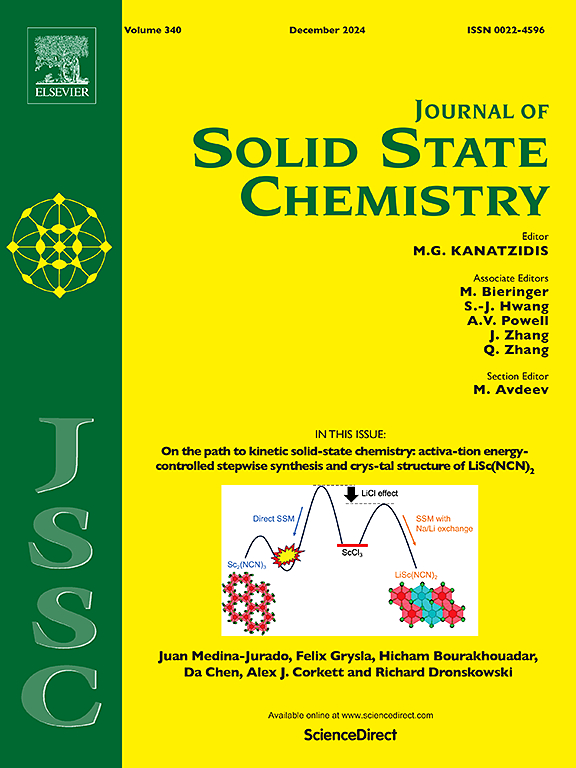Data driven design of dyes with high dielectric constant for efficient optoelectronics
IF 3.2
3区 化学
Q2 CHEMISTRY, INORGANIC & NUCLEAR
引用次数: 0
Abstract
The optimization of dyes with high dielectric constant is crucial to perform superior functions in communication electronics, solar cells, and battery technologies. Generally, the approaches to synthesizes compounds require significant time and effort, underlining the importance of computing tools that would help to save time. In this work, machine learning models are used to estimate dielectric constant. Random Forest is best model. yielding the least RMSE of 0.592 and highest R2 of 0.676. Descriptors such as SMR_VSA10 were found from the correlation analysis to be very important. Ten thousand new dye structures were designed and dielectric constants of these dyes were predicted by the Random Forest regressor. Chemical space is visualized through clustering. The results presented here highlight how machine learning methods can be applied in the context of dye chemistry to minimize the time spent conducting experiments and to improve dye synthesis rates.

求助全文
约1分钟内获得全文
求助全文
来源期刊

Journal of Solid State Chemistry
化学-无机化学与核化学
CiteScore
6.00
自引率
9.10%
发文量
848
审稿时长
25 days
期刊介绍:
Covering major developments in the field of solid state chemistry and related areas such as ceramics and amorphous materials, the Journal of Solid State Chemistry features studies of chemical, structural, thermodynamic, electronic, magnetic, and optical properties and processes in solids.
 求助内容:
求助内容: 应助结果提醒方式:
应助结果提醒方式:


